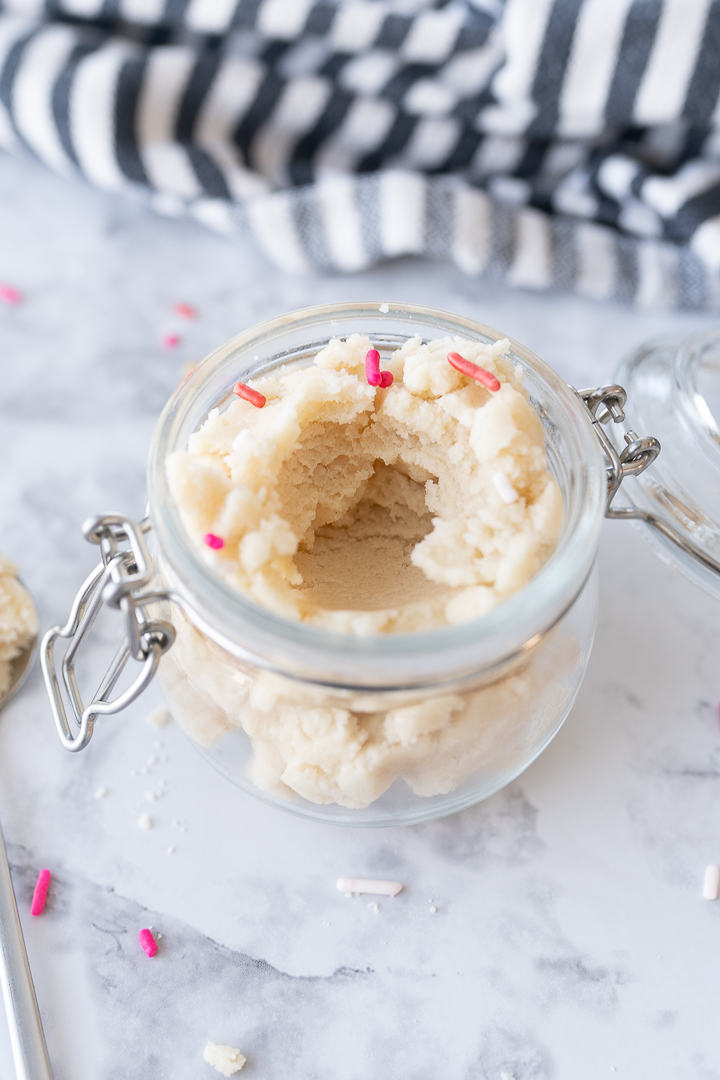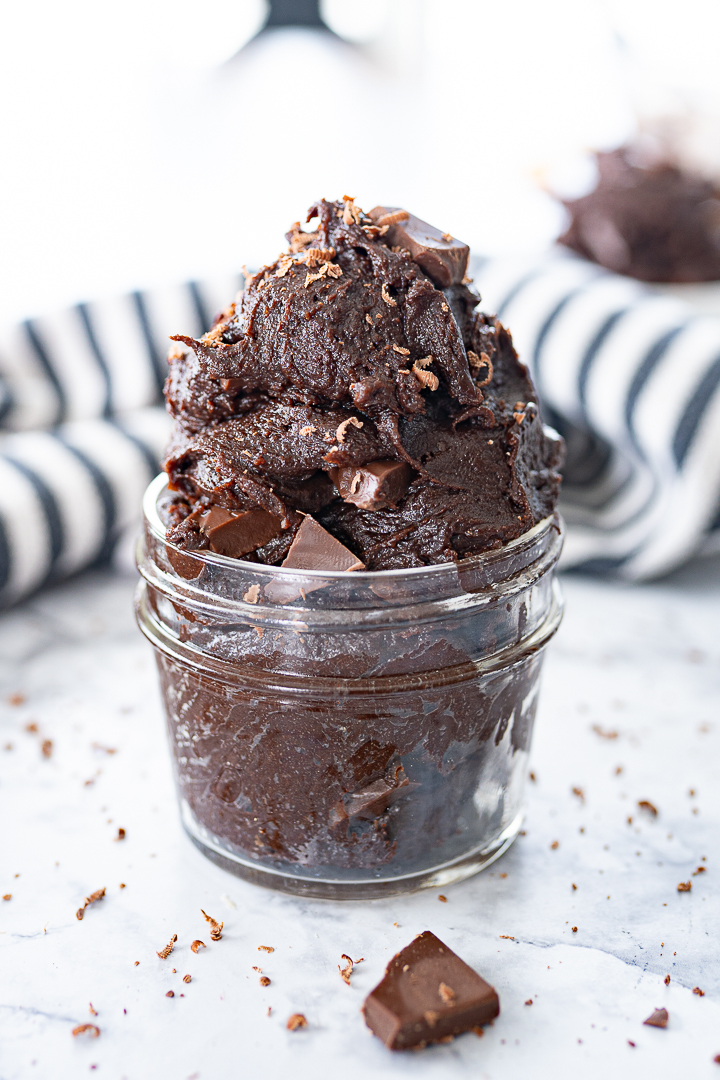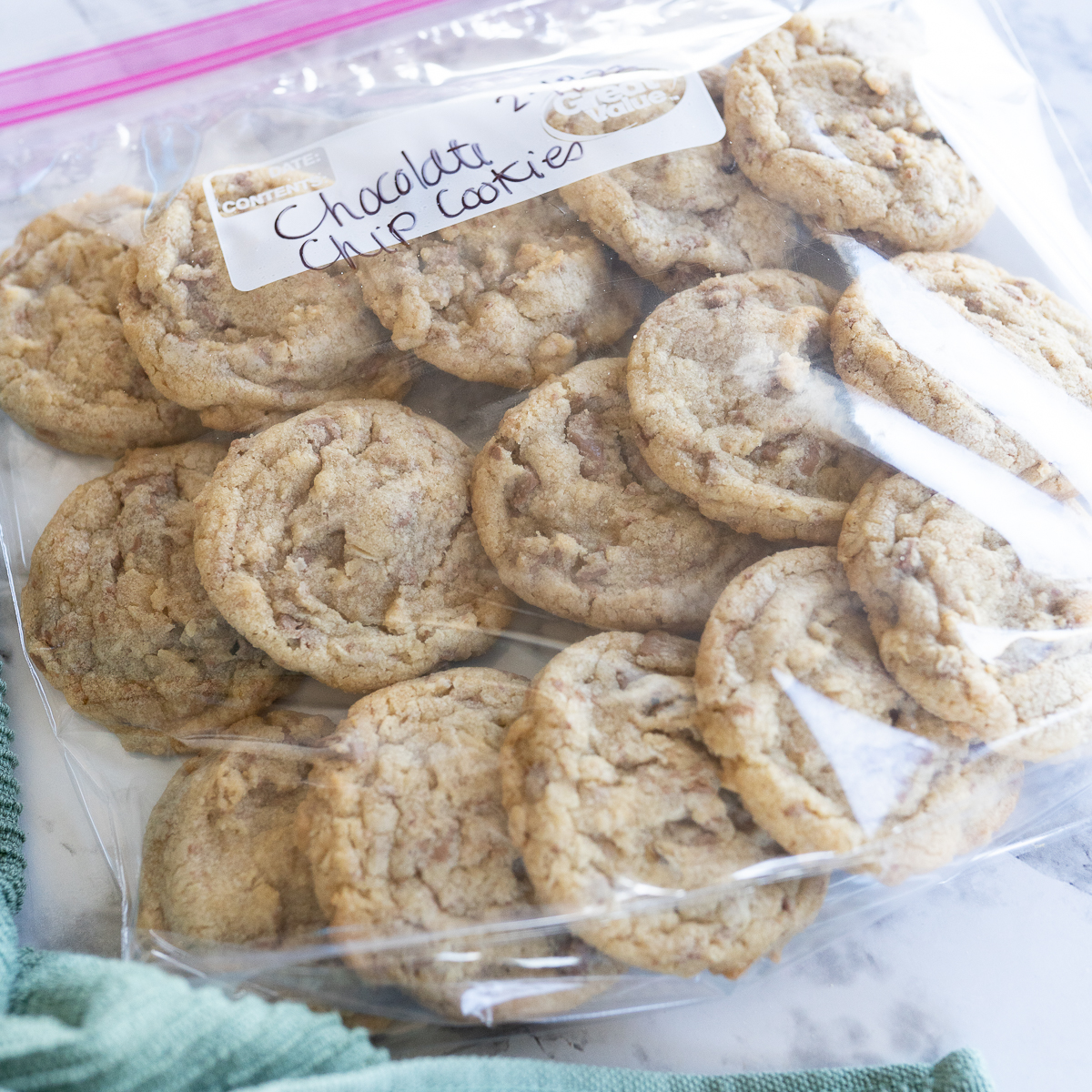How to Heat-Treat Flour
If you’ve ever looked over a recipe card and thought “what is heat-treated flour?” and “how do I heat-treat flour?” This post is for you.

What is the purpose of heat-treating flour?
To heat treat flour is to apply heat (duh) to raw flour in order to reduce potential pathogens, like E. coli or Salmonella. AKA, heat treating flour means you can eat cookie dough without hearing your mom’s voice telling you that you could get salmonella from it. It also comes in handy in frostings, edible cookie dough and some cake batters. Now that we know what heat-treated flour is, let’s dive into some common questions about it.

How do I heat-treat flour?
First, I feel the need to tell you that you can find heat-treated flour online, in some specialty baking shops, and occasionally in the baking aisle – but you will pay a premium for it.
Luckily, you can heat-treat flour at home very easily. Simply spread a thin layer on a baking sheet and heat it in your oven at 300°F for about 10 minutes or until it reaches a temperature of 160°F.
If that seems too intensive, you can also place the flour in a microwave safe bowl and microwave it in 30 second increments until the temperature reaches 160°F. If we’re being honest, I use this method the most.
Super simple stuff! Just make sure to monitor it closely no matter what method you use to ensure your flour doesn’t burn.
Does heat-treating flour affect taste?
You may be thinking, “okay, that’s cool, but is heat treated flour going to make my cookie dough taste weird? Because if so, I’m out.” Well, I’ve got good news for you. Heat treatment may slightly alter the taste (making it a little nuttier) and texture (making it a little clumpier) of your flour but it won’t significantly impact your recipe as long as you sift your flour before using it.

How do I store heat-treated flour?
Once heat-treated, the flour generally has a similar shelf life to untreated flour. Store it in a cool, dry place like you would with regular flour.
You can use heat-treated flour as a substitute for regular flour, just remember to sift before using!
When should I worry about using heat-treated flour?
Heat-treated flour isn’t necessary for all recipes! It’s primarily used in recipes that don’t cook the flour thoroughly, like edible cookie dough, certain types of frosting, and some raw desserts. If your flour is being cooked sufficiently, like in most bread and cakes, heat-treated flour isn’t needed.
You can use heat-treated flour in gluten-free baking, but only if the flour is a gluten-free flour. My favorite is Bob’s Red Mills 1:1 Gluten-Free flour.

So there you have it, your crash course in heat-treated flour. Now go bake some edible cookie dough and eat it by the spoonful without feeling guilty.






